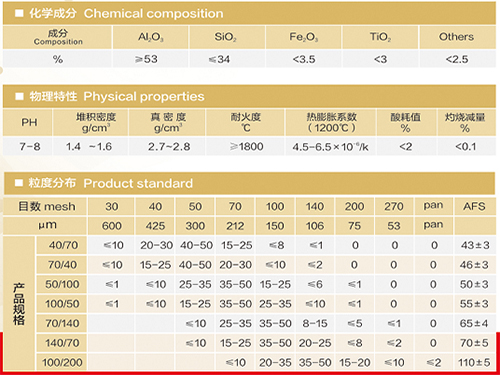The Price of Ceramic Sand Trends, Factors, and Market Insights
Ceramic sand, also known as proppant sand, is a specialized material made from high-quality bauxite, silica, or other minerals. It is primarily used in hydraulic fracturing processes in the oil and gas industry, as well as in various applications across construction and manufacturing. As the energy sector evolves and the demand for innovative materials rises, the price of ceramic sand has experienced fluctuations influenced by several factors. Understanding these trends can provide valuable insights for manufacturers, investors, and end-users alike.
Market Trends
In recent years, the demand for ceramic sand has surged, particularly due to the rise of hydraulic fracturing techniques in shale oil and gas extraction. The process requires high-performance proppants that can withstand extreme pressures and temperatures within underground reservoirs. As shale production expands, so does the need for ceramic sand, which has prompted a steady increase in its price.
According to market reports, the price of ceramic sand has shown an upward trajectory, driven by sustained demand from the energy sector. For example, in the early months of 2023, prices increased by approximately 15% compared to the previous year. This rise is attributed to escalating production costs, including transportation, labor, and raw material expenses.
Key Factors Influencing Price
1. Raw Material Availability The availability of key raw materials such as bauxite and silica plays a crucial role in determining the price of ceramic sand. Geopolitical tensions, mining regulations, and environmental concerns can limit the supply of these materials, leading to price increases.
ceramic sand price

2. Production Costs The cost of manufacturing ceramic sand has increased due to rising energy prices and stringent environmental regulations governing mining practices. The need for advanced technology and processes to produce high-quality ceramic sand also contributes to these rising costs.
3. Market Demand The ongoing demand for oil and gas, particularly from emerging markets, has a direct impact on ceramic sand prices. As energy companies continue to explore new reserves, the need for proppants like ceramic sand remains strong, further pushing prices upwards.
4. Competition from Alternatives While ceramic sand is favored for its strength and durability, competition from other proppants, such as resin-coated sand or industrial sand, can influence pricing dynamics. If alternative materials prove to be more cost-effective or meet performance benchmarks, they could lead to fluctuations in ceramic sand demand and price.
5. Global Economic Conditions Overall economic health can significantly impact construction and industrial activities, which in turn affect the demand for ceramic sand. Economic downturns may lead to reduced drilling activities and construction projects, thereby influencing price stability.
Conclusion
The price of ceramic sand is a reflection of the complexities within the global market, driven by demand from the energy sector, raw material availability, production costs, and competitive dynamics. As the world continues to shift towards more sustainable energy practices, the future of ceramic sand pricing may also be influenced by innovations in materials and the exploration of alternative resources. For stakeholders in the ceramic sand market, staying informed about these trends and conditions will be crucial for making strategic decisions and maximizing their investments. Understanding the nuances of the ceramic sand market is essential, as it plays an integral role across various industries, particularly in the ever-evolving energy landscape.
Post time:Jul . 28, 2024 19:05
Next:Exploring the Key Benefits of Sand Casting in Manufacturing and Production Processes.
